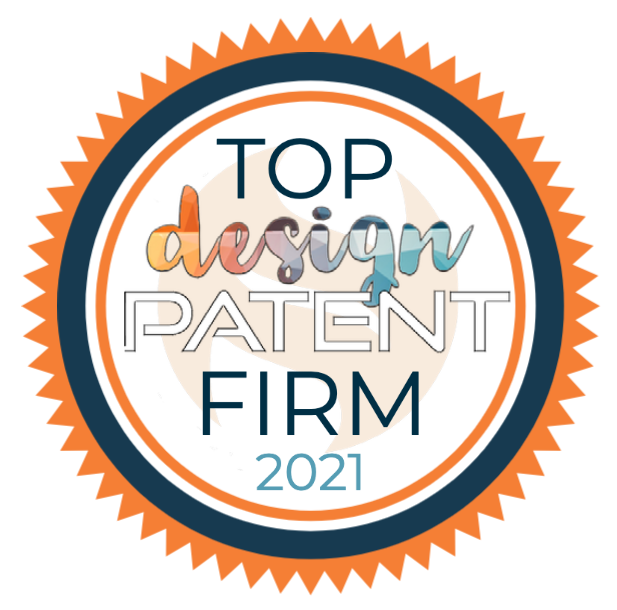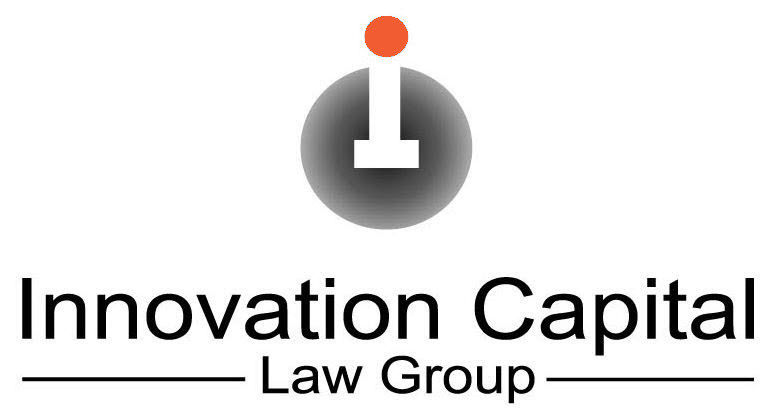What makes a patent pending invention obvious?
A Section 103 rejection based on obviousness is one of the most common rejections in utility patent applications. There are two main ways an examiner might reject a patent application over prior art. One is anticipation. The other is obviousness. When a claim is rejected as being obvious, it typically means that the examiner has combined multiple prior art references to arrive at the invention recited in the claim.
Need to overcome an obvious patent rejection? Call Vic at (949) 223-9623 or email vlin@icaplaw.com to see how we can help you get our utility patent approved.
What are the requirements of an obviousness rejection?
Certain requirements must be met by a patent examiner in order to find a claimed invention obvious, such as:
- use of analogous prior art;
- suggestion or motivation to combine the references; and
- reasonable expectation of success of the combined elements.
As discussed further below, the absence of any of the above factors can provide significant arguments for the nonbviousness of rejected claims.
To argue a lack of motivation or a reasonable expectation of success, you need to include something more than conclusory statements. Your patent attorney should dive a bit more deeply into the prior art references to explain, for example, why a first reference would not suggest a combination with a second reference.
How is nonobvious different from novel?
An invention must be both novel and nonobvious in order to be patentable. While the two terms may seem similar, nonobviousness has a different meaning than novelty.
When a patent examiner is unable to find a single prior art reference that shows all elements of a particular claim, the examiner may combine multiple prior art references to arrive at the claimed invention. The examiner will then reject the claimed invention under 35 USC Section 103 stating that the invention is obvious over the cited prior art. When multiple prior art references are used in an obviousness rejection, there must be a.
A Section 103 rejection can cite a single prior art reference in conjunction with the examiner’s assertion that certain claimed features not shown in the reference would be obvious design modifications.
Therefore, it is possible for a claimed invention to be novel, but obvious at the same time.
Example of an Office Action with Section 103 rejection
In an Office Action with Section 103 rejections the examiner will typically identify a primary prior art reference that shows some of the claim elements. Suppose, for example, your claim covers an invention with three elements: A, B & C. If the examiner found a primary prior art reference disclosing only A and B, then your claim will not be rejected as lacking novelty under Section 102.
Instead, the examiner may look for a secondary prior art reference disclosing C and then reject your claim as being obvious over the primary and second prior art references. In other words, it would have been obvious to someone of ordinary skill in the art of your invention to take the prior art invention of the primary reference (AB) and modify it with the teaching of the secondary reference (C) to arrive at your claimed invention –> ABC. At least, that would be the examiner’s position.
What are examples of obviousness?
There will always be exceptions to the following general categories, but this representative list may be helpful in providing some guidance on obvious inventions:
- elimination of a step or element and its function
- automating a manual activity
- changes in size or shape
- changes in sequence of adding ingredients
- making a device portable or mobile
- making a normally separate structure integral (one-piece)
- making a normally integral structure separable
- reversal of parts
- duplication of parts
- rearrangement of parts
- purifying an old product
- similar or overlapping ranges, amounts or proportions
- optimizing conditions (e.g., temperature, concentration, etc.) through routine experimentation
How to argue against a Section 103 obviousness rejection
There are several ways to counter an obviousness rejection. Here are some of the more common ways:
How to amend claims and argue non-obviousness
If the combination of prior art really does show all the elements of a particular claim, you can amend the claim to clarify a feature or to add an element. In the above example, you can add element D to the claim which would now comprise ABCD. In conjunction with the claim amendment, you can argue that the combined prior art references altogether fail to show the new claimed combination. Of course, it’s possible that the examiner may search the prior art further and find a third reference that discloses D.
Is there a suggestion or motivation to combine?
Another way of arguing against a Section 103 rejection is to analyze the prior art references closely and find a reason why there would be no motivation to combine the references as suggested by the examiner. For example, if the primary reference expressly states that certain features should be avoided, there would be no motivation to combine the primary reference with a secondary reference disclosing the very feature to be avoided.
One way to argue against the motivation to combine is to study the intended purpose of each prior art reference. Would the examiner’s combination go against the intended purpose of one or more prior art references?
A related argument concerns the principle of operation of the prior art reference. If a proposed modification would change the principle of operation of a prior technology or prior art invention being modified, then there is no motivation to make such a change.
Related to this principle is the issue of analogous art. The combined references should come from the same general field. Otherwise, why would it be obvious to combine a primary reference in one particular sector with a secondary reference in a completely different sector?
Would the combined prior art references have a reasonable expectation of success?
You have to analyze the cited prior art references in detail to look for clues to overcome an obviousness rejection. Suppose Prior Art #1 specifically states that Feature Y must exist in order to achieve a certain result. The examiner then seeks to combine Prior Art #1 with Prior Art #2 to reject your claimed invention as being obvious. In doing so, has the examiner replaced Feature Y in Prior Art #1 with Feature Z in Prior Art #2? If so, would the proposed combination even work especially when Prior Art #1 specified that Feature Y must exist?
If the cited combination would make the final result or product inoperable, a decent argument can be made that there is no reasonable expectation of success. There must be a certain level of predictability of success at the time of the prior art invention, and not at the time when your patent application was filed.
Is the examiner using impermissible hindsight to show obviousness?
Claims are the starting point for examiners, so I don’t really blame examiners for using the hindsight of the claimed invention to search for prior art combinations. The question is whether the examiner is using impermissible hindsight to find the combined prior art. What makes hindsight impermissible? One factor is when the suggested combination betrays the available knowledge and accepted wisdom of the field at the time when those prior art inventions were patented.
For example, if your claimed invention goes against the grain of conventional thinking at the time of prior technologies, it would be impermissible to use the hindsight of your claims to argue that those skilled in the art at the time of the prior technologies would simply do the same.
Evidence that invention is not obvious
If the facts exist, an applicant may submit a written declaration with evidence of certain factors showing non-obviousness such as commercial success, copying by competitors, satisfaction of a long-felt need, etc.
Need to respond to an Obvious Rejection in an Office Action?
Email US patent attorney Vic Lin at vlin@icaplaw.com or call (949) 223-9623 to see how we can develop and execute a strategy to overcome the obviousness rejections in your Office Action.


